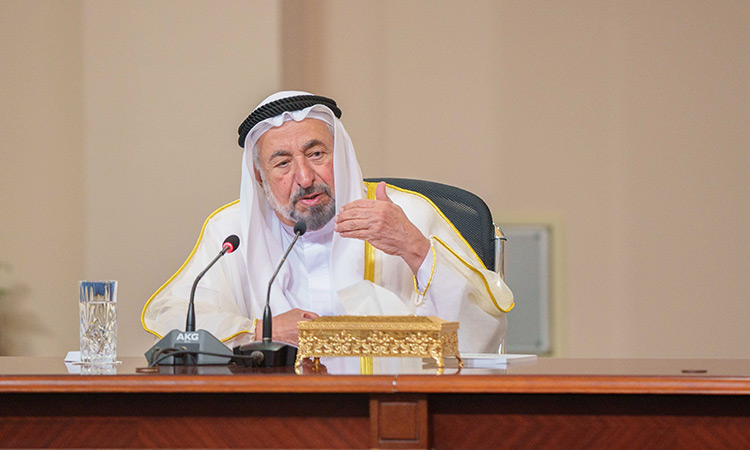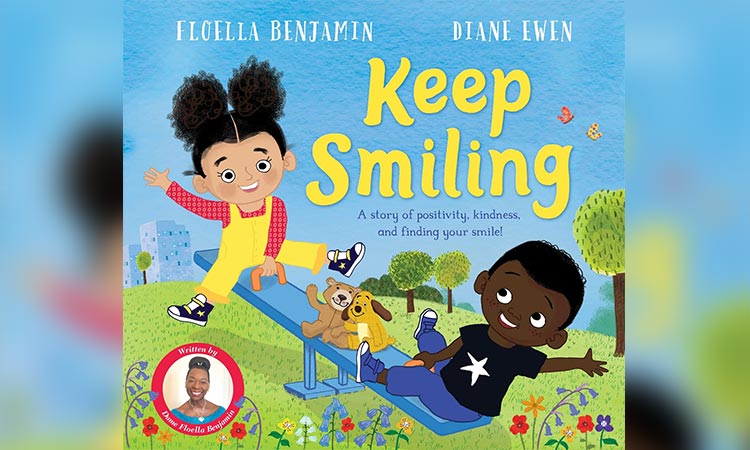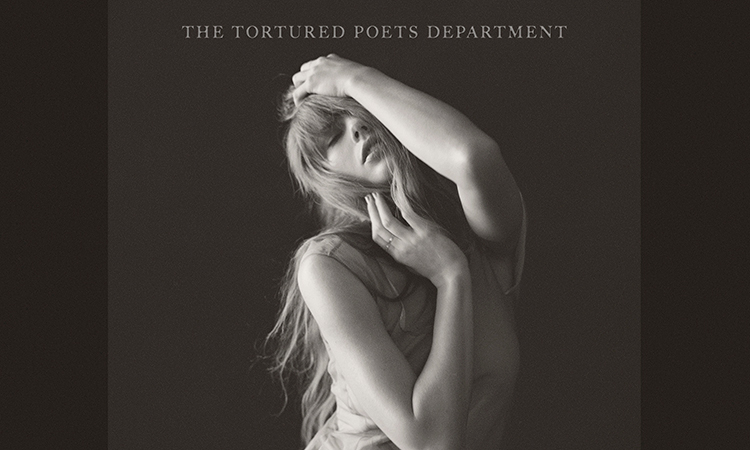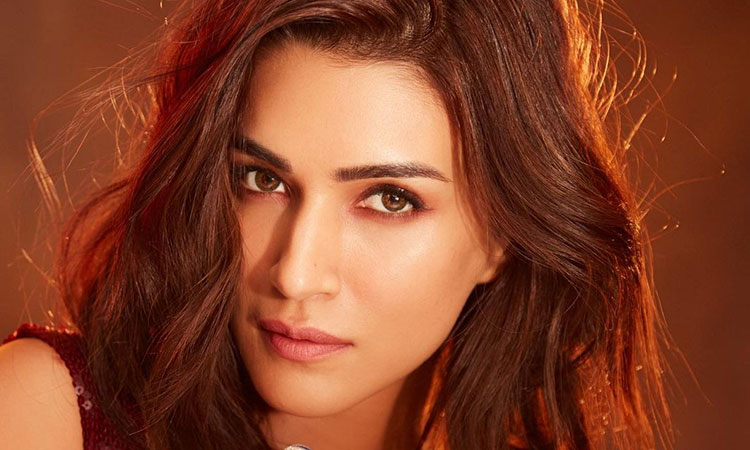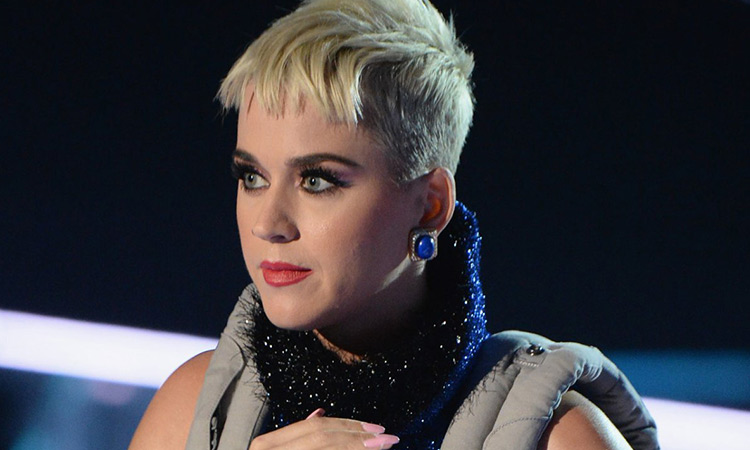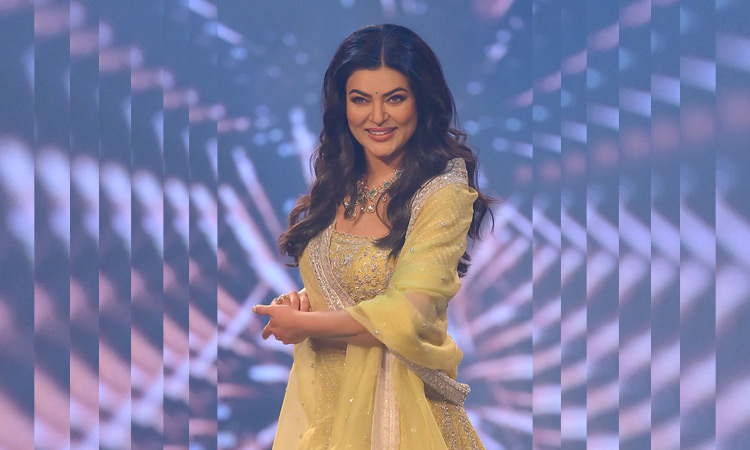30 best children’s books: From Artemis Fowl to Peter Rabbit

Books are treasures that enrich the mind.
We all have cherished memories of the books we read and shared as children. Big friendly giants, honey-loving bears, hungry caterpillars, iron men: these figures populate the vivid imaginary landscapes of our childhoods. Everybody will remember the book that made them laugh and cry, the one that they turn to again and again. Like totems, we pass them on to our own children, each book a spell in itself.
I hope too that this will encourage many adult readers to turn back to their childhood shelves, take up that long-forgotten gem, and find wonder and magic once more.
So – are you sitting comfortably? Then let us begin.
1. The Alice books by Lewis Carroll (19th century)
Alice’s Adventures in Wonderland, and Through the Looking Glass, and what Alice Found There, are an extraordinary brace of books, written by the mathematician Charles Dodgson, under his pseudonym Lewis Carroll.
2. Kinder- und Hausmarchen (‘Nursery and Household Tales’) by The Brothers Grimm (19th century)
Exceptionally influential, this collection of more than 200 tales underwent many editions in the Grimms’ lifetime. We all know The Frog Prince and Hansel and Gretel; but have you read Hans my Hedgehog, about a half-boy, half-hedgehog?
3. Fairy Tales by Hans Christian Andersen (19th century)
A strange and shy man, Hans Christian Andersen produced some of the most beautiful and reverberant literary fairy tales in the world, about loss, love and longing.
4. The One Thousand and One Nights by Anon. (Folk tales)
Elemental, opulent and wondrous, the stories are full of passion and revenges, and remain enormously influential.
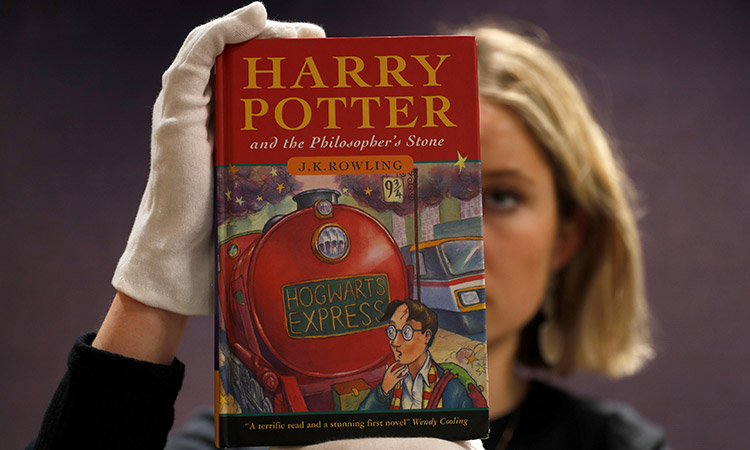
5. Peter and Wendy by J M Barrie (1911)
This, and all its variants, are enjoyed immensely by children. There is the theme-park world of Neverland: the sense of unbounded imagination, and the dizzying allure of flight and magic.
6. The Pilgrim's Progress from This World, to That Which Is to Come by John Bunyan (1678)
One of the first books enthusiastically taken up by children, this is now largely neglected, even by adults and scholars.
7. The Narnia series by CS Lewis (mid-20th century)
The best children’s books have a way of altering the universe around them. Lewis’s stroke of genius, of course, was making the animals talk; the knightly adventures of the children are gripping.
8. Northern Lights by Philip Pullman (1995)
Philip Pullman’s daemons, in his lavishly-imagined alternative world run by a sinister religious organisation, are among the most enduring creations of children’s literature.
9. The Hobbit by JRR Tolkien (1937)
In The Hobbit, an odder book than it at first appears, the tiny hairy-footed Bilbo Baggins goes on a journey with some dwarves, and is actually rewarded for being a thief.
10. The Wind in the Willows by Kenneth Grahame (1908)
There is some debate as to whether The Wind in the Willows is a children’s book, or whether it’s really a book to lift up the spirits of down-trodden city clerks.
11. The Once and Future King by TH White (1958)
Captivating, wise, witty, this collection of three earlier books treats the Matter of Britain.
12. Five Children and It by E Nesbit (1902)
A representative from the first Golden Age of children’s fiction in the early 20th century.
13. The Jungle Book by Rudyard Kipling (1894)
Raised by wolves, Mowgli must face the terrible tiger Shere Khan, with the help of Baloo, a “sleepy brown bear”, and Bagheera, a panther.
14. Matilda by Roald Dahl (1988)
I’m willing to bet that after reading this, many children stared at pencils, hoping they might be able to move them with their mind alone.
15. Where the Wild Things Are by Maurice Sendak (1963)
A picture book that reveals more about itself each time it’s read. The drawings are lovely, too.
16. The Story of Ferdinand by Munro Leaf (1936)
What at first seems to be a delightful story about a little bull who hates fighting becomes a potent fable about what’s expected of boys.
17. The Wolves of Willoughby Chase by Joan Aiken (1962)
This has all the hallmarks of classic children’s literature: missing parents, a usurping adult, terrible injustices and the romance of winter and wolves.
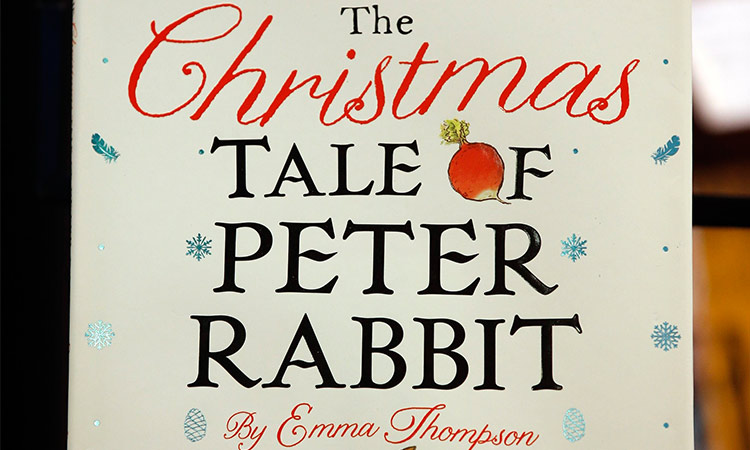
18. The Wizard of Earthsea by Ursula Le Guin (1968)
The recent death of Ursula Le Guin, aged 88, has brought renewed attention to her works.
19. Tom’s Midnight Garden by Philippa Pearce (1958)
Considered by many to be one of children’s literature’s most outstanding examples. Emotionally rich, it will leave a lasting impression on any child.
20. The Ghost of Thomas Kempe by Penelope Lively (1973)
Penelope Lively once said that “children need to sense that we live in a permanent world that reaches away behind and ahead of us.
21. The Harry Potter series by JK Rowling (late 20th century)
First published more than 20 years ago, Harry Potter and the Philosopher’s Stone blazed into the world’s consciousness like a bolt of lightning.
22. The Scarecrows by Robert Westall (1981)
I’ve chosen The Scarecrows over The Machine Gunners, which is perhaps Westall’s better known book, as I think this has a quality of terror and an understanding of adolescence that is matchless.
23. Artemis Fowl by Eoin Colfer (2001)
A wondrously clever book that upturns children’s literature convention. Its hero, Artemis Fowl, is a 12-year-old boy who also happens to be a criminal mastermind.
24. Down with Skool! A Guide to School Life for Tiny Pupils and their Parents by Geoffrey Willans and Ronald Searle (1953)
As any fule know, reading Molesworth is like being a member of a secret school gang.
25. The Mouse and His Child by Russell Hoban (1967)
A bittersweet and unusual tale, in which a clockwork mouse and his child are thrown out of a toy shop, and then must embark on a journey to find safety.
26. Noughts and Crosses by Malorie Blackman (2001)
Former Children’s Laureate Malorie Blackman’s novel described a world in which black Africans had enslaved white Europeans.
27. The Lie Tree by Frances Hardinge (2015)
Hardinge is a true original, her sentences poised and poetic, her alternative 19th-century world fully imagined, and her intelligent, enquiring female lead not simply a good role model but also a fine addition to literature.
28. How to Train Your Dragon by Cressida Cowell (2003)
Quite simply, Cressida Cowell has an exceptional ability to give children what they like.
29. The Tale of Peter Rabbit by Beatrix Potter (1902)
Potter’s arch, almost Austen-esque prose interacts seamlessly with her keenly observed studies of flora and fauna.
30. Tom Brown’s Schooldays by Thomas Hughes (1857)
This moving, charming and poignant tale of boarding school life is included partly for its own merits, but also as it was the first in the school story genre that spawned so many thousands of books, through Enid Blyton right up to JK Rowling.
Philip Womack is the author of six critically acclaimed books for children, including The Liberators (2010), The Broken King (2014), and The Double Axe (2016). He teaches children’s literature, and children’s and young adult fiction at Royal Holloway, University of London, and is crowdfunding a novel on Unbound, The Arrow of Apollo, set in a legendary mythical past
The Independent

